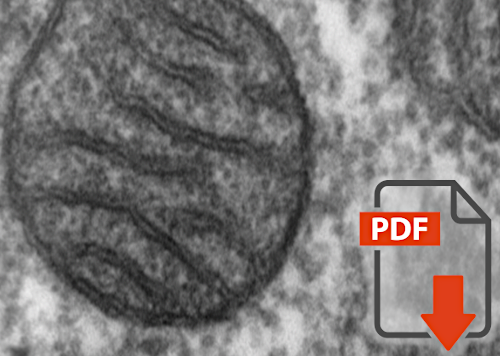| A constant reduction of blood flow, as we see for example in carotid stenosis, is tolerated by the eye surprisingly well for a long time. The reason is the capacity of the cells to adapt to a lower oxygen concentration. On the other hand, fluctuating oxygen supply, e.g. in case of sleep apnea, but especially in case of unstable blood flow, is poorly tolerated. For this reason, we focus on the causes of unstable blood flow on this web page. |

K Konieczka, S Fränkl, MG Todorova, PB Henrich:
Unstable Oxygen Supply and Glaucoma |
In this review, Konieczka et al. clearly show how unstable blood flow leads to unstable oxygen supply and how the resulting oxidative stress activates astrocytes. Activated astrocytes produce, among other things, increased nitric oxide, which diffuses into the neighboring axons. If now the mitochondria of the axons produce a lot of superoxide because of the oxygen fluctuation, nitric oxide fuses with superoxide and forms the very damaging peroxynitrite. The oxygen supply is unstable when either the blood flow or the oxygen saturation of the blood fluctuates. |

M Mozaffarieh, J Flammer:
New insights in the pathogenesis and treatment of normal tension glaucoma |
In this review, Mozaffarieh et al. describe the interrelationship between the various known risk factors and glaucomatous optic neuropathy. If the oxygen supply is unstable, the mitochondria in the optic nerve head axons are weakened by oxidative stress. The energy supply becomes weaker and thus, among other things, axoplasmic transport suffers. Therapeutically, it is therefore aimed to stabilize the blood flow as much as possible. The oxidative stress in the mitochondria, which is not always completely avoidable, can be reduced by an antioxidant diet, among other things. |

D Gherghel, S Orgül, B Dubler, P Lübeck, K Gugleta, J Flammer:
Is Vascular Regulation in the Central Retinal Artery Altered in Persons With Vasospasm? |
Gasser and Flammer had observed that patients with normal tension glaucoma often respond to cold stimulation with vasospasm in the fingers. In this work, Gherghel et al. show that patients with such vasospasms in the fingers have an altered regulation in the central retinal artery. This explains why these patients are more sensitive to fluctuations in eye pressure and/or blood pressure. This means that the glaucoma damage in such cases may not necessarily be a direct result of vasospasm alone, but rather the result of impaired autoregulation. This leads to unstable ocular blood flow and thus to an increase in oxidative stress. |